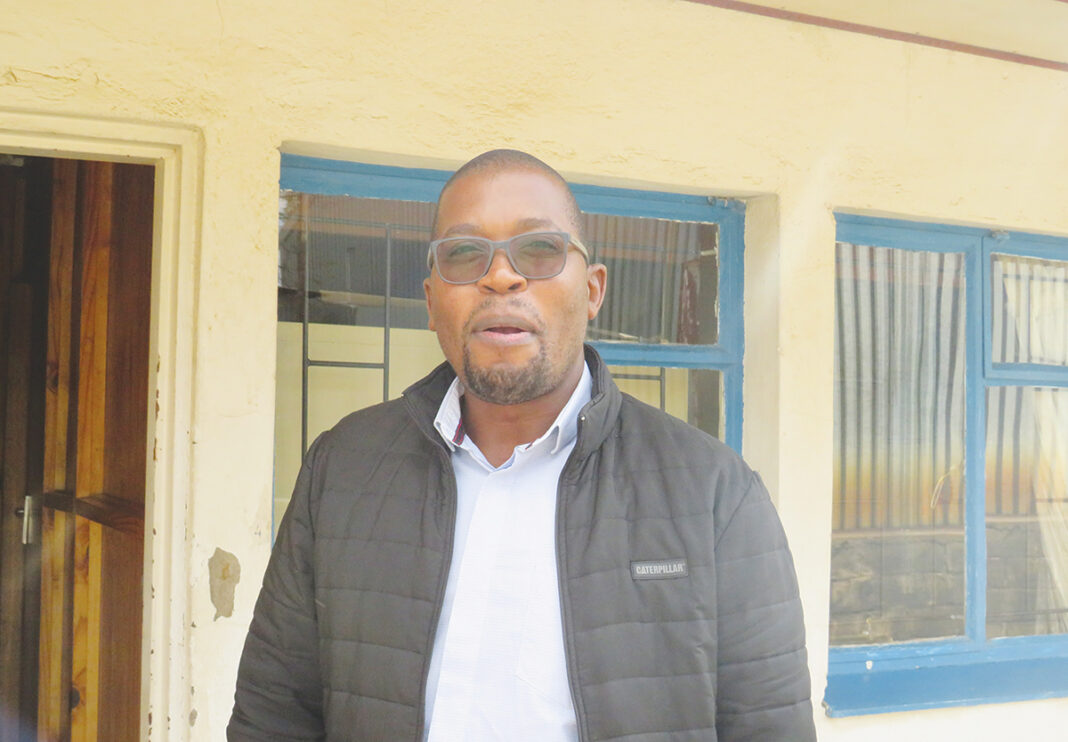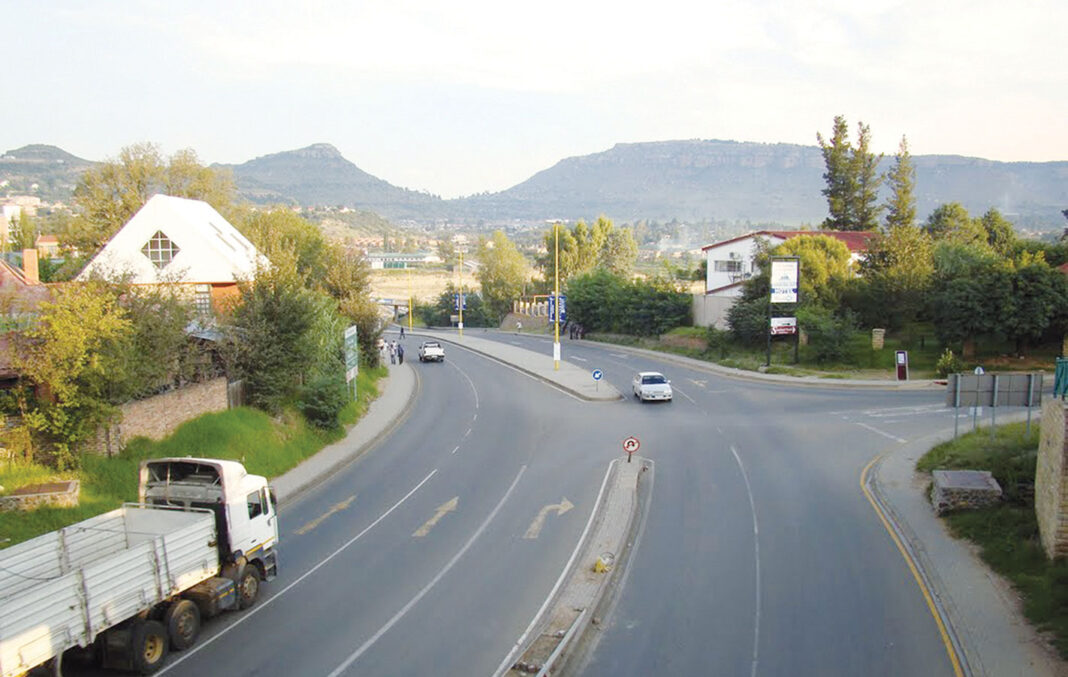Lesotho will be joining the rest of the continent in celebrating Africa Day on Tuesday next week. This is an annual commemoration of the foundation of the Organisation of African Unity on May 25 1963.
Africa Day is intended to celebrate and acknowledge African solidarity, unity in diversity, creativity, challenges and successes. The theme for this year is ‘Arts, Culture and Heritage: Levers for Building the Africa we Want’.
This day has helped to raise political awareness in African communities across the world. It has also been a source of information about the struggles for liberation and development. It marks the day Africa made history with the founding of an organisation to build greater unity and solidarity between African countries and its people.
However, it would be folly to ignore the fact the Africa continues to be hounded by inequality. In many countries, notably resource-rich countries, income and wealth are unequally shared, and stronger average income growth does not necessarily reduce poverty.
According to the African Development Bank, Africa is the second most inequitable region in the world. In 2010, six out of the 10 most unequal countries worldwide were in Sub-Saharan Africa, particularly Southern Africa. The highest rates of poverty can be observed among young women and youth living in rural areas. Young Africans constitute the majority of the poor. On average 72% of the youth population in Africa lives with less than US$2 per day.
These income inequalities translate into inequalities in access to basic services and lower opportunities to get out of the poverty trap. The gap between the rich and the poor in education and health remains striking in most African countries. Poor children are more likely to be malnourished, less likely to use health care and less likely to complete five years of primary school. Children under 5 from the poorest quintile are 2.1 times as likely to be underweight, and 1.6 times less likely to be immunized against measles than their richer counterparts. In Africa, the number of underweight children has increased from 24 million in 1990 to 30 million in 2010.









